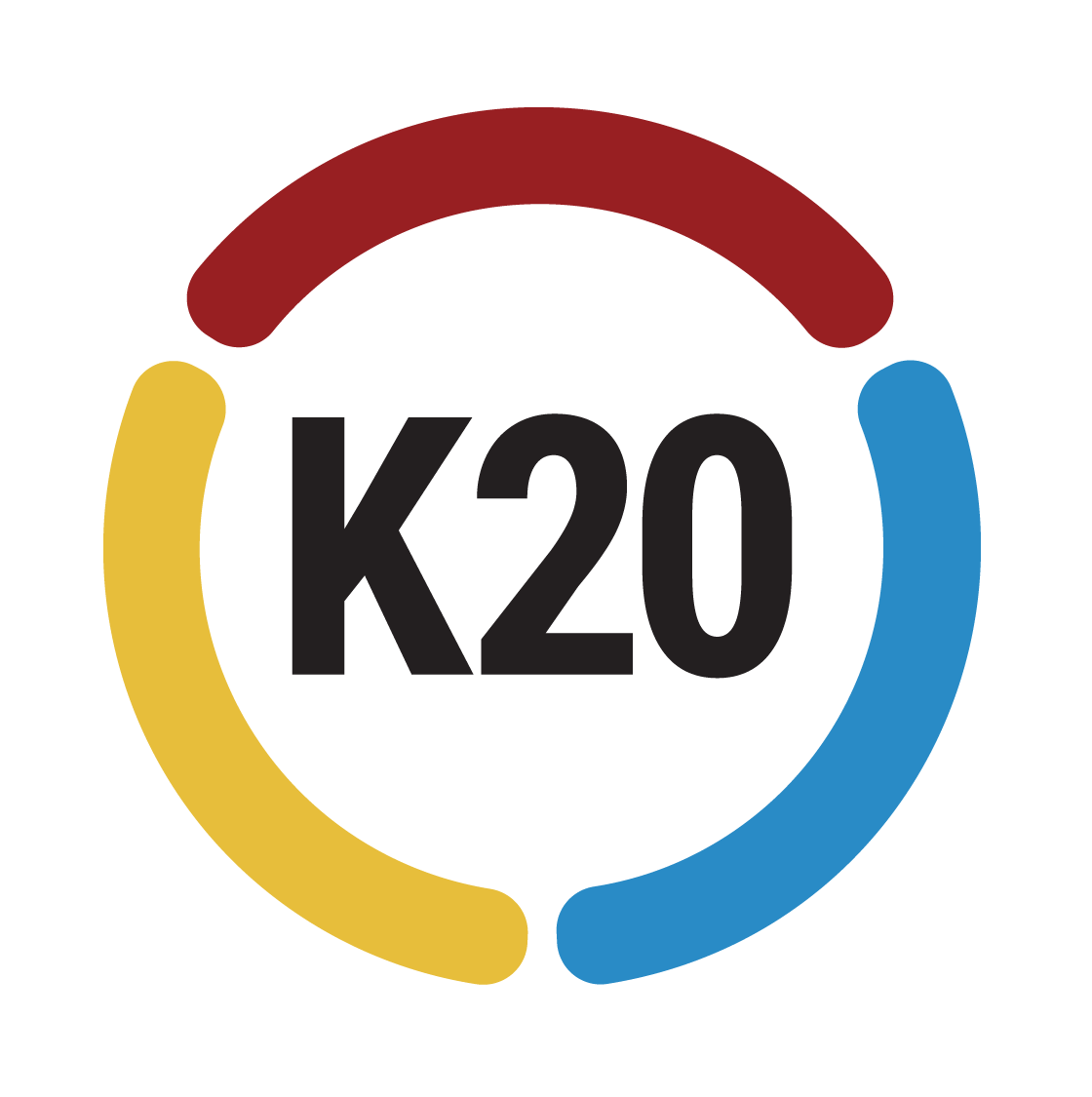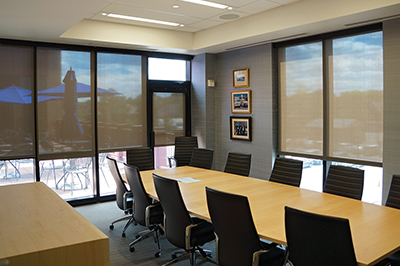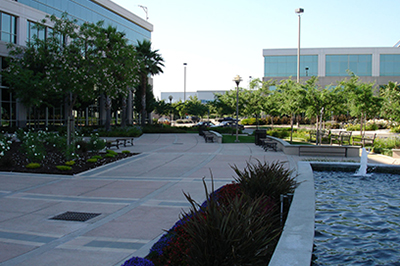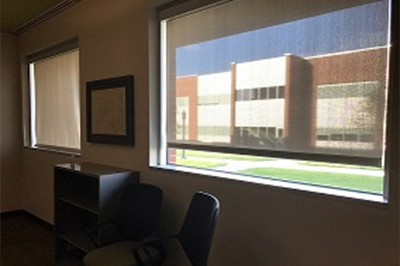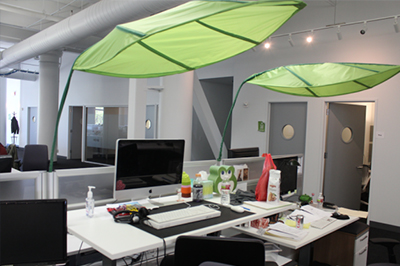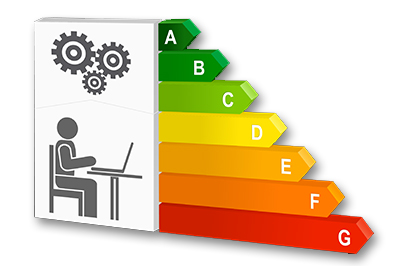Lighting Control System
Lighting Control System
Adjustable Shading (AS)
From the supporting literature (linked), having adjustable lighting control in classrooms improves students performance, health, and well-being. It reduces stress level and energy consumption. Students concentration is increased if light level in the classroom is adjusted to a level fit for a particular activity. The existence of central lighting control unit should not suggest the absence of adjustable lighting control elements in classrooms. There is an association between the existence of adjustable lighting control elements, and improved students achievements.
Recommendations
1. Promote the design of a user-friendly lighting control system.
2. Review sustainable school building projects with an emphasis on lighting control and energy consumption.
3. Use trackable digital blind system that maximizes the use of natural light, energy efficient, and also shows blinds’ position and rate of change.
Topography
From the supporting literature (linked),topography is a design element that influences the amount of light entering a classroom. Exterior site features which may cover, protect, or block penetration of daylight into a room include trees, structures, and buildings below the ground. These impacts the learning space, environment, and the emotional and physical well-being of the building occupants.
Recommendation
1. Maximize daylighting in the design that fits any given topography.
Louver, Baffle, Shades, and Blinds (LBSB)
From the supporting literature (linked), the benefits of providing shades and lighting designing elements that improve the amount of lighting in classrooms are discussed in the literature reviews. Controlling light level and light required for different tasks is key to improved students health, performance, and energy efficiency.
Recommendations
1. Install adjustable shading and blinds to control lighting.
2. Promote the design of a trackable digital blind system that indicates blinds position and rate of change, maximizes the use of natural light and reduces energy consumption.
Lighting Fixture Blocked (LFB)
Occupants installed blocking elements and objects which block lighting fixture, not including intentional shading devices.
From the supporting literature (linked),the results of the literature reviews show an inefficient amount of lighting in classrooms some of which are caused by blocking elements that are installed by occupants. This makes the students uncomfortable and can increase their stress level.
Blocking Elements (BE)
From the supporting literature (linked), blocking elements refer to school facility design elements that are not shading devices and can block lighting from one or a combination of lighting sources. It could be buildings, structures and other objects that block lighting from entering classrooms. Most of these elements block lighting from outside the classroom that comes through the window.
Recommendations
1. The classroom design should be such that maximizes natural light penetration.
2. Ensure that the space facing the window is not obstructed.
3. Classroom design should reflect research-based technique.
4. Optimize natural lighting in classrooms through building design, and doors and window orientation.
5 When designing classrooms and school buildings, special consideration should be given to facilities, physical designs, and lighting.
Energy Consumption (EC)
The association of utilizing lighting control systems in classrooms, with the school building energy consumption and sustainability.
From the supporting literature (linked), energy efficiency is key in choosing lighting control systems and lighting fixtures. Daylight has zero energy consumption, and this helps increase savings. Lighting fixtures should be selected based on their energy efficiency. Using different types of lighting including LED and fluorescent and their relation to energy consumption, economic investment, and sustainability is an issue architect and designers should be concerned with.
Recommendations
1. Promote the use of automated lighting control to reduce energy use.
2. Encourage the adoption of an integrated design approach.
3. Maximize the use of natural lighting in the design and selection of window system.
4. Encourage research on lighting and its use based on; suitability for the task, building, neighborhood, energy efficiency, beauty, and lighting system performance.
5. Use a trackable digital blind system that maximizes the use of natural light and are energy efficient.
6. Adopt energy efficient lighting system.
7. Use motion detectors and low lighting lamps in places like storage and maintenance areas.
8. Promote the use of LED lamps.
9. The choice of lighting system should be centered on the occupants, to reflect their psychological and physiological well-being.
References
1. Baker, J., A. (1995). “Energy management control system for fluorescent lighting “, Negawatt Technologies Inc.
2. Bourgeois, D., Reinhart, C., and Macdonald, I. (2006). “Adding advanced behavioral models in whole building energy simulation: A study on the total energy impact of manual and automated lighting control.” ELSEVIER, 38(7), 814-823.
3. Butin, D. (2000). “Classroom.” National Clearinghouse for Educational Facilities, Washington, DC., Washington, DC., 5.
4. Ford, A. (2007). Designing the sustainable school, images publishing group pty ltd, Australia.
5. Frankfurt Short Bruza (FSB). (2017). “Oklahoma Healthy School Best Practices.” University of Oklahoma, Norman, Ok.
6. Holliday, L., Keesee, M., Magzamen, S., Johnson, D., Wachter, H., Floyd, E., Wang, J., Lynch, R. (2014). Healthy Schools: Environmental Factors, Children’s Health and Performance, and Sustainable BuildingPractices. In. University of Oklahoma: EPA.
7. Tanner, C. K. (2000). “The influence of school architecture on academic achievement.” Journal of Educational Administration, 38(4), 309-330.
8. Salary, S., Holliday, L., Keesee, M., and Wachter, H. P. (2017). “Building Features in Schools that Influence Academic Performance.” ASCE (American Society of Civil Engineers). submitted for publication.
9. United State Department of Energy. (2002). “National Best Practices Manual For Building High-Performance School”.
10. Winterbottom, M., and Wilkins, A. (2009). “Lighting and discomfort in the classroom.” ELSEVIER, 29(1), 63-75.
11. Wymelenberg, K., V., D. (2012). “Patterns of occupant interaction with window blinds: A literature review.” ELSEVIER, 51, 165-176.
